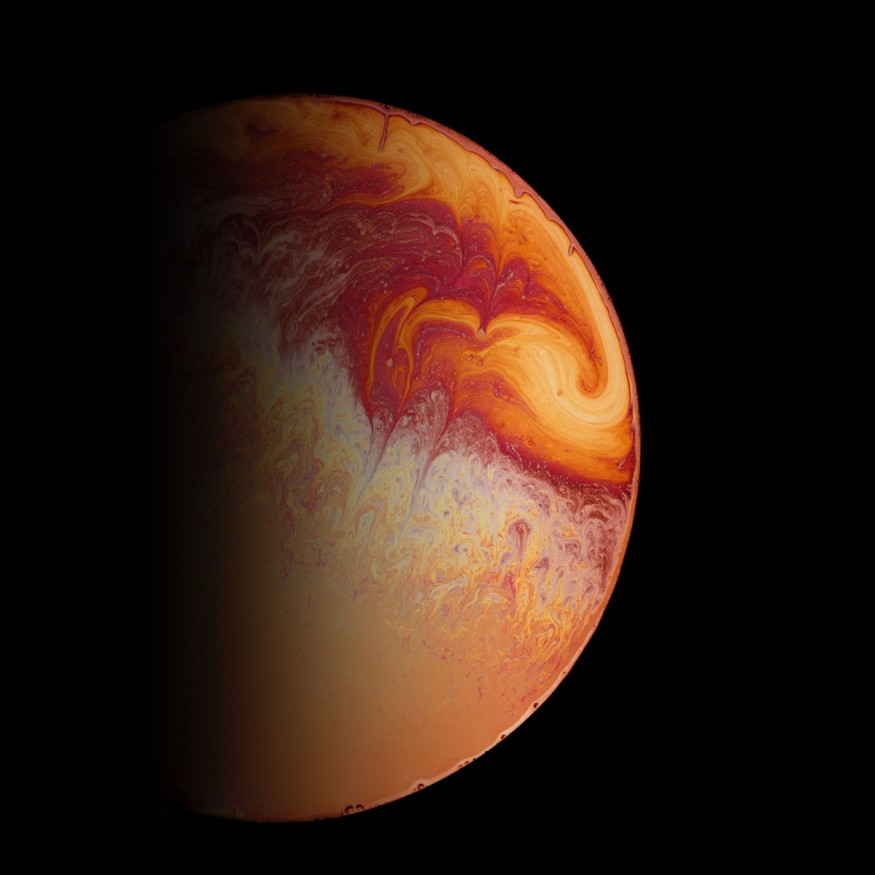The European Space Agency (ESA) is preparing to send an orbital spacecraft to the "hot, thick atmosphere" of Venus without it having burned up like a marshmallow that got close to the fire.
This feat means they would need a detailed plan that will require some out-of-the-box thinking that will allow them to send the spacecraft as close as 93 miles (150 kilometers) from the surface to study the hottest planet in the Solar System with an atmosphere made up of carbon dioxide and sulfuric acid fumes.
ESA's EnVision Mission Going Aerobraking in the Atmosphere of Venus
ESA is now in the process of developing a tried-and-true aerobraking method that involves the van-sized aircraft to gradually slow down and lower its orbit to the orbit of Venus through its hot, thick atmosphere.
According to Universe Today, aerobraking uses atmospheric drag for the spacecraft to slowly descend and the EnVision mission aims to make thousands of passages through the atmosphere of Venus in the next two years. They noted that aerobraking is important for this mission as it cannot take place without the said lengthy phase.
EnVision study manager Thomas Voirin explained that the orbital spacecraft would go into Venus orbit at a very high altitude of about 155,00 miles (250,000 kilometers) and get it down to a 311-mile (500-kilometer) altitude polar orbit for science operations. Then the spacecraft will slowly go down as low as 80 miles (130 kilometers) from the surface.
This will not be the first time that aerobraking has been performed since the method has also been done by other spacecraft on Mars, especially by the Mars Reconnaissance Orbiter and ExoMars Trace Gas Orbiter. ESA said that given the ultra-thick atmosphere in Venus, they have been testing candidate spacecraft materials to see if they could withstand atmospheric surfing.
ESA's Venus Express had already performed experimental aerobraking during its 2014 mission and was able to gather valuable data after orbiting Venus for eight years before it ran out of fuel and dipped into Venus' atmosphere.
Nonetheless, aerobraking in Venus' atmosphere is still very challenging given its gravity which is 10 times higher than that of Mars, and the composition of its atmosphere that could affect aerobraking.

Read also: Life on Venus: Volcanic Activities Might Explain the Presence of Phosphine in the Atmosphere
How Will ESA's EnVision Study Venus
ESA first announced EnVision mission in 2021, intending to arrive on the hottest planet in the Solar System by the early 2030s, which is a few years after NASA's DAVINCI mission's target launch date of 2029.
According to the Planetary Society, ESA will launch the EnVision mission aboard an Ariane 6 rocket in 2031 and about 15 months later, EnVision will reach Venus and enter its elliptical orbit. It will stay there for 16 months before it enters Venus' upper atmosphere to aerobrake to closely observe Venus for years using state-of-the-art scientific instruments.
Venus's thick atmosphere makes it more challenging to see its lower atmosphere and surface. But EnVision will be designed to have spectrometers to look in exactly such little windows where a few wavelengths become visible to see what is inside Venus.
The space agency plans to use a medium-resolution infrared spectrometer that will study the composition of Venus' surface and lower atmosphere. They will use an ultraviolet spectrometer to study the sulfuric acid clouds in the planet and the atmosphere, which hosts mysterious dark patches that absorb light from the Sun.
RELATED ARTICLE: NASA DAVINCI Mission: Soar Through Venus' Atmosphere With This Stunning Footage [Watch]
Check out more news and information on Venus in Science Times.









